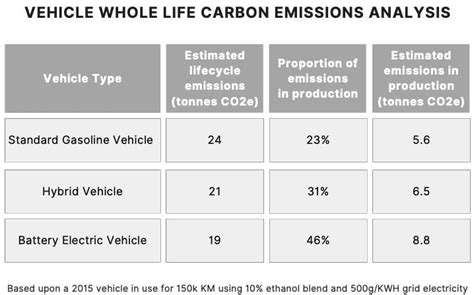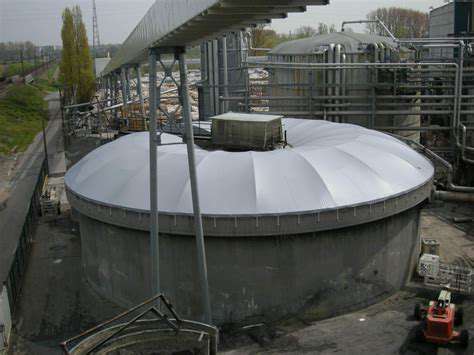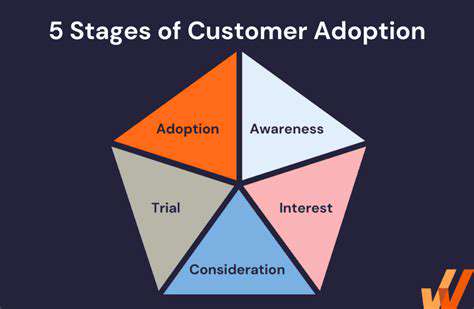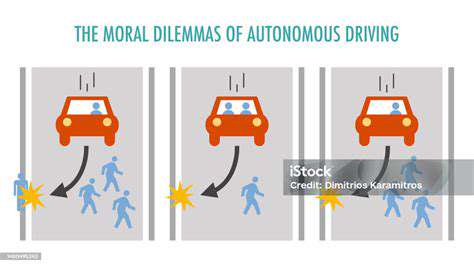Imagine your battery like an athlete - constant sprints with no warm-up will lead to injury much faster than steady pacing. This analogy holds particularly true for regenerative braking systems. When you brake gently, you allow the system to recover energy efficiently without overtaxing the battery's capacity.
Speed Demons Pay the Price
There's a direct correlation between cruising speed and energy consumption that many EV owners overlook. While it might be tempting to test your vehicle's top speed, remember that aerodynamic drag increases exponentially with velocity. At highway speeds, over 50% of your battery's energy goes just to overcome air resistance.
Consider this: reducing your cruising speed from 75 mph to 65 mph can increase your range by approximately 15-20 miles on a full charge. In mountainous regions or during windy conditions, this difference becomes even more pronounced as the motor works harder to maintain velocity.
The Silent Battery Killer: Idling
Many drivers don't realize that leaving their EV running while parked can be just as damaging as aggressive driving. Modern battery management systems are designed to maintain optimal charge levels even during inactive periods, but prolonged idling forces constant micro-cycling that adds up over time.
In urban environments with frequent traffic stops, this becomes particularly problematic. A simple solution? Use your vehicle's ready mode when waiting briefly, and consider powering down completely for longer stops.
Climate Control Considerations
Your comfort comes at a battery cost. Heating and cooling systems can consume up to 30% of your available energy in extreme conditions. The secret lies in preconditioning - using your vehicle's scheduled climate control features while still plugged in can save significant battery capacity for actual driving.
Smart owners also use seat heaters instead of cabin heating when possible, as they require far less energy. In summer, parking in shade and using window shades can reduce initial cooling demands by up to 40%.
The Charging Sweet Spot
While manufacturers recommend keeping your battery between 20-80% for daily use, few explain why. Lithium-ion batteries experience the least stress when operating in their mid-range capacity. Think of it like a rubber band - constantly stretching it to its limits will cause it to weaken faster than moderate use.
For long trips where you need maximum range, it's fine to charge to 100%, but make sure to start driving shortly after reaching full charge to minimize the time spent at peak voltage.
Terrain Awareness
Hilly routes don't just affect your energy consumption in the moment - they can have lasting effects on battery health. Continuous heavy loads force battery cells to work at higher temperatures, accelerating chemical degradation. Planning routes with elevation changes in mind can significantly impact both your immediate range and long-term battery performance.
Some navigation systems now offer eco-routing options that consider terrain, traffic, and charging locations to optimize both your trip and battery health.
Environmental Factors in Battery Longevity

The Mining Dilemma
The push for electrification comes with environmental tradeoffs. Current mining operations for battery materials often leave ecological scars that can take decades to heal. New extraction technologies like direct lithium extraction (DLE) promise to reduce water usage by up to 90% compared to traditional brine mining.
There's hope on the horizon though. Researchers are developing battery chemistries that use more abundant materials, potentially reducing our reliance on conflict minerals. The shift toward solid-state batteries could also decrease the need for cobalt and nickel in future EV models.
Manufacturing Innovations
The carbon footprint of battery production is shrinking faster than most consumers realize. Leading manufacturers have reduced production emissions by over 40% in the past five years through renewable energy adoption and process optimization. Closed-loop water systems and solvent recovery technologies are making the manufacturing process increasingly sustainable.
What's particularly exciting is the emergence of battery passport programs. These digital records track the environmental impact of each battery throughout its lifecycle, creating transparency in the supply chain.
The Second Life Revolution
When EV batteries degrade to about 70-80% of their original capacity, they're no longer suitable for vehicles but still have tremendous value. These second-life batteries are finding applications in grid storage, providing crucial backup for renewable energy systems. Companies are now developing standardized testing protocols to ensure retired EV batteries can be safely repurposed.
The recycling landscape is evolving rapidly too. New hydrometallurgical processes can recover over 95% of battery materials with minimal environmental impact. Some facilities are even achieving zero-waste operations by converting byproducts into construction materials.
Proactive Battery Care Strategies
Data-Driven Maintenance
Modern diagnostic tools provide unprecedented insight into battery health. Tracking subtle changes in charging speed and voltage response can reveal early signs of cell imbalance long before range is affected. Many EV manufacturers now offer remote diagnostic services that alert you to potential issues before they become serious.
Third-party apps can provide even more detailed analytics, comparing your battery's performance against similar vehicles to identify anomalies. This crowd-sourced data helps owners understand what's normal wear versus potential problems.
Seasonal Adjustments
Batteries have different needs in different climates. In cold weather, preconditioning while plugged in can improve range by up to 25%. In hot climates, parking in shade and using ceramic window tints can reduce thermal stress significantly. Some owners install thermal management systems in their garages for optimal temperature control year-round.
Did you know that battery performance typically improves after the first 5,000 miles? This break-in period allows cells to stabilize, often resulting in more consistent range readings. Keeping detailed records during this period helps establish your battery's baseline performance.
The 80/20 Rule of Charging
While avoiding full charges is common advice, few realize the science behind it. Keeping lithium-ion batteries around 50% state of charge when storing for extended periods can nearly double their lifespan. For daily use, the 80% charge limit isn't arbitrary - it's the point where voltage stress on cells begins increasing exponentially.
Smart charging stations now offer battery saver modes that automatically adjust charge levels based on your driving patterns and calendar. These systems learn your routine to optimize both convenience and battery health.
Future-Proofing Your Investment
Battery technology is advancing rapidly, but that doesn't mean current EVs will become obsolete. Many manufacturers are designing battery packs with future upgrades in mind, allowing for module replacement rather than whole-pack replacement. Staying informed about these developments can help you make cost-effective maintenance decisions.
Some forward-thinking owners participate in vehicle-to-grid programs, earning credits by allowing utilities to access their battery capacity during peak demand. These programs not only provide financial benefits but also help stabilize the grid as renewable energy adoption grows.











